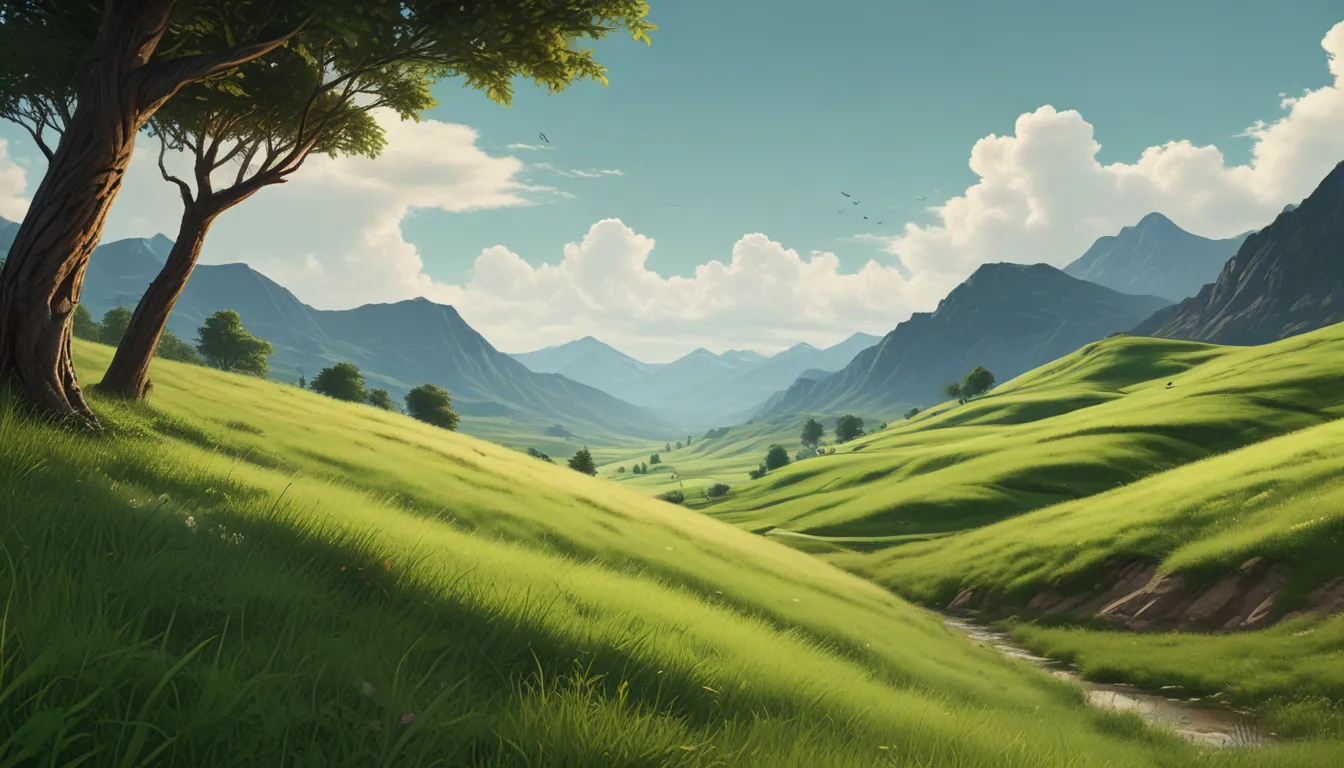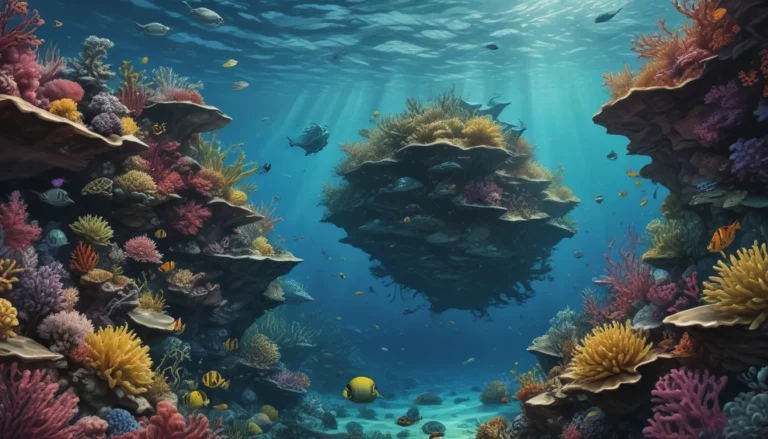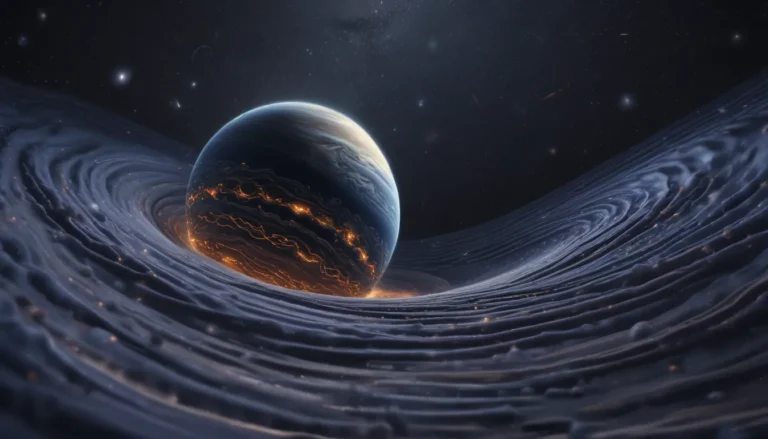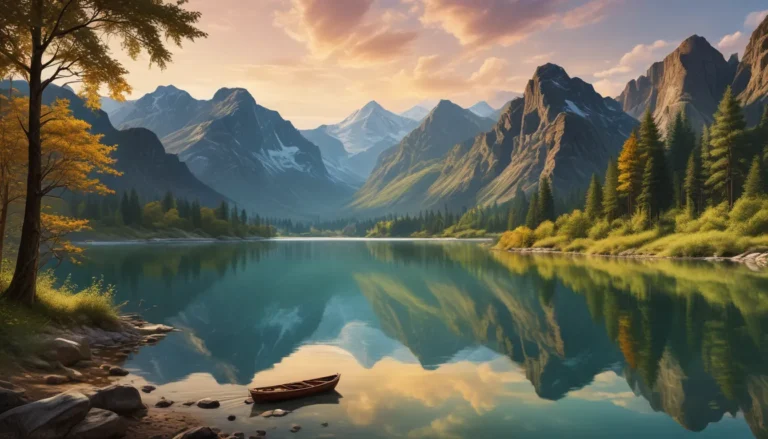The pictures we use in our articles might not show exactly what the words say. We choose these pictures to make you interested in reading more. The pictures work together with the words but don’t take their place. The words still tell you the important facts.
Grass is not just a simple plant; it is a resilient and vital part of our natural world. From its ability to withstand extreme weather conditions to its essential role in preventing soil erosion, grass has much to offer. In this article, we will delve into 16 fascinating facts about grass that will enhance your understanding and appreciation of this humble plant. Whether you have a deep interest in nature or simply want to impress your friends with intriguing trivia, these facts are sure to capture your attention. So, let's embark on a journey into the remarkable world of grass and uncover the secrets it holds!
Grass: The Unsung Hero of the Plant World
Grass is simply amazing! It covers a quarter of the Earth, providing homes for animals, and even has the ability to warn its fellow plants about danger. It truly is a superhero in the plant kingdom. Grass is incredibly useful too! It feeds animals, cools the environment, and can be transformed into various products like paper and medicine. It's like nature's multi-tool!
Grass: An Abundant Plant
Grass is the most abundant plant on Earth, covering approximately 26% of the planet's land surface. With over 10,000 species of grass, ranging from lush lawns to tall prairie grasses, this versatile plant plays a crucial role in various ecosystems.
Grass: Nature’s Benefits Package
Grass provides essential ecological benefits by preventing soil erosion, improving air quality through carbon dioxide absorption, and offering a habitat for countless insects and animals. Its deep root system allows it to access water and nutrients even in drought conditions, while some species can grow rapidly, such as bamboo, being one of the fastest-growing plants.
Grass: More Than Just a Lawn Cover
Grass serves as a major food source for livestock, with cattle, sheep, and other animals relying on it for essential nutrients and energy. Additionally, grass is widely used for landscaping purposes, creating visually appealing outdoor spaces in settings like golf courses and gardens.
Grass: A Versatile Resource
Did you know that grass can be made into various products such as paper, biofuels, animal bedding, and woven into baskets and mats? Some grass species also have medicinal properties and are utilized in traditional medicine for their healing qualities.
Grass: Survival Tactics and Environmental Benefits
Grass can enter a dormant stage during certain seasons, like winter in cold climates, turning brown but regrowing once temperatures rise. Its dense vegetation helps cool the environment by providing shade and reducing surrounding temperatures, making it a valuable resource that has been cultivated by humans for thousands of years.
Grass: From Ancient Sports Fields to Modern-Day Landscaping
Grass has been used for sports since ancient times, with civilizations like the Greeks and Romans utilizing grassy areas for athletic competitions. Today, grass can have different colors, not just vibrant green, and can even communicate by releasing chemicals to warn neighboring grasses of potential threats.
Conclusion: Appreciating the Wonders of Grass
In conclusion, grass may seem simple, but it holds many fascinating qualities that deserve recognition. From its resilience to its crucial role in the ecosystem, grass is an invaluable resource for both humans and wildlife. Take a moment to reflect on these 16 facts about grass the next time you encounter a lush lawn or a sweeping meadow and marvel at the wonders of nature.
FAQs: Answering Your Grass-related Questions
- Why is grass green? Grass appears green due to the presence of a pigment called chlorophyll, allowing it to absorb sunlight for photosynthesis.
- How is grass beneficial for the environment? Grass reduces soil erosion, releases oxygen, and filters rainwater, playing a vital role in the ecosystem.
- Can grass survive extreme weather conditions? Yes, some grass species have adaptations to thrive in extreme weather like drought and high temperatures.
- What is the purpose of grass in the food chain? Grass serves as a food source for herbivores, forming the base of the food chain.
- Can grass be used for landscaping? Absolutely! Grass is used for landscaping to enhance outdoor spaces aesthetically and functionally.
- Is grass a weed? Grass is not considered a weed. Weeds are aggressive plants that compete with other vegetation.
- Does grass have medicinal properties? Some grass species, like wheatgrass, have medicinal properties used in herbal remedies.
- Is fertilizing grass necessary? Regular fertilization helps maintain grass health, promoting growth and stress resistance.
- Can grass reduce air pollution? Yes, grass absorbs carbon dioxide and pollutants, improving air quality.
- How does grass reproduce? Grass can reproduce through seeds, rhizomes, and stolons, spreading to create lush green carpets.
- Can grass be grown indoors? Certain grass species can be grown indoors as ornamental houseplants.
- Is grass genetically modified? Some grass species, like GM Kentucky bluegrass, have specific traits but are not widely grown commercially.
- How long can grass blades grow? Grass blade length varies by species, with some reaching several feet tall.
- Can grass repel insects naturally? Certain grass types, like citronella grass, have insect-repellent properties.
- Does grass hold cultural significance? Grass is symbolically associated with leisure, sports, and growth in many cultures.
- Can grass be environmentally friendly? Grass can be environmentally friendly with responsible management practices.
Our commitment to delivering trustworthy content ensures that each fact is meticulously reviewed for accuracy and credibility. Explore and learn with us as we share diverse insights and information provided by real users like you. Trust in our dedication to quality and authenticity as we continue to uncover the wonders of our natural world.






